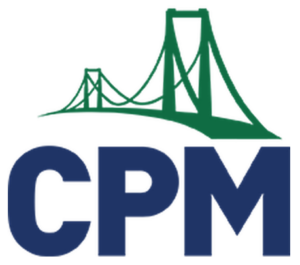Joel Miller, Salt Lake City, UT JoelMiller@cpm.org
The ongoing pandemic has changed the way we live and learn. It has affected, and continues to affect, me in ways I never imagined. I was not a very effective teacher at the end of the 2019-20 school year and I have had to learn new skills and change some of my beliefs about teaching and learning. It is important to acknowledge the trauma that has taken place in order to begin to move forward into a new year.
Acknowledging the trauma of last year also means we need a plan for a strong start to the new school year. So what does it mean to Start Strong in 2021? As I think about how I would start the school year strong, I know that I would want to help my students be the best learners they can be. I would prioritize building relationships with students while creating a strong, safe, and equitable classroom culture. I would empower students to see themselves as capable learners by using rich tasks, engaging in discourse, using effective teamwork practices, and providing classroom support. To start strong I would use grade level content and instructional rigor that focuses on the depth of instruction rather than the pace of instruction. I would also focus on students’ strengths and assets rather than deficits and gaps by building on what students already know in order to provide just-in-time support to advance their learning. This is what it would mean to me to start the school year strong. So how could I make this happen?
The good news is that the CPM curriculum is already designed to accomplish this goal. In each course, the intent of Chapter 1 is to start the year strong. The core problems are rich tasks that allow students to use their strengths to engage in mathematics. Additionally, those strengths can be formatively assessed in the moment by teachers to help them make decisions moving forward. Chapter 1 is specifically designed to build relationships both between students and between the teacher and students as well as to create a safe and equitable classroom through the use of Study Team and Teaching Strategies and collaborative expectations. It is an overview of the concepts that will be covered throughout the course. As teachers formatively assess students, it will become clear which concepts teachers need to simply “drive by” and which concepts they will need to dive into to help students be successful this school year. Giving students the opportunity for just-in-time instruction, in the moment that they need it, not only creates equity in the classroom, but allows them to do grade level work and engage in a rigorous learning environment.
The CPM Starting Strong 2021 learning event invited participants to engage in a variety of activities that helped them achieve these outcomes and start the year strong. While this learning event was developed in response to a crazy pandemic year, the overall intent is not new. It is important to start every year strong. The revelation, however, is that with every CPM course, no new tasks need to be created. It is all right there in Chapter 1. Students have “gaps” every year. Students need to feel safe and empowered every year. Students need the opportunity to be successful with grade level coursework and be recognized for their strengths every year. And, as teachers we need to start the year strong as well. As teachers we are empowered to help students become independent learners. We need to build relationships and create a safe and equitable class and school culture. We need to recognize our own strengths and support each other while we support our students. Let’s focus on what we can do and not on the barriers. Just like we should do for our students, we can acknowledge it has been a difficult year and then move forward. This is what it means to Start Strong. And I hope we all find ways to do so.

